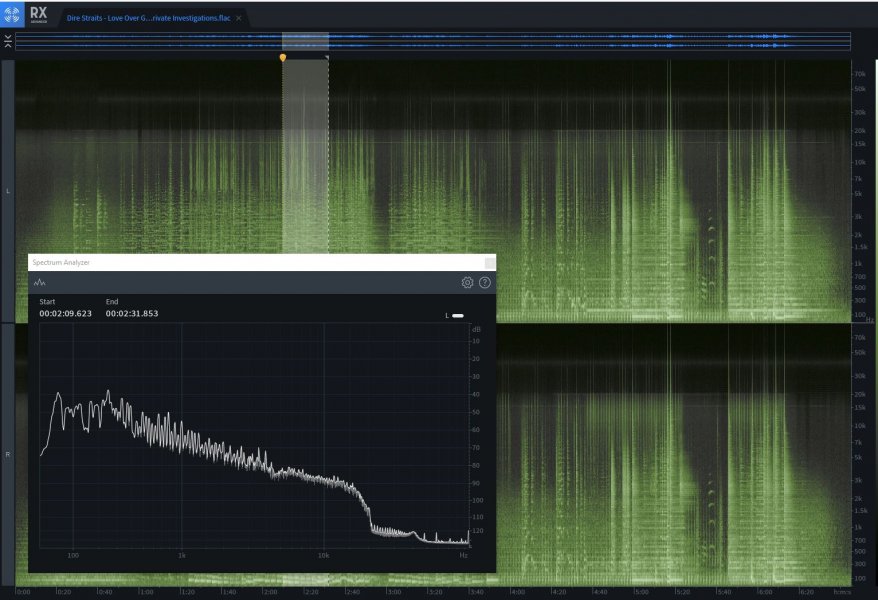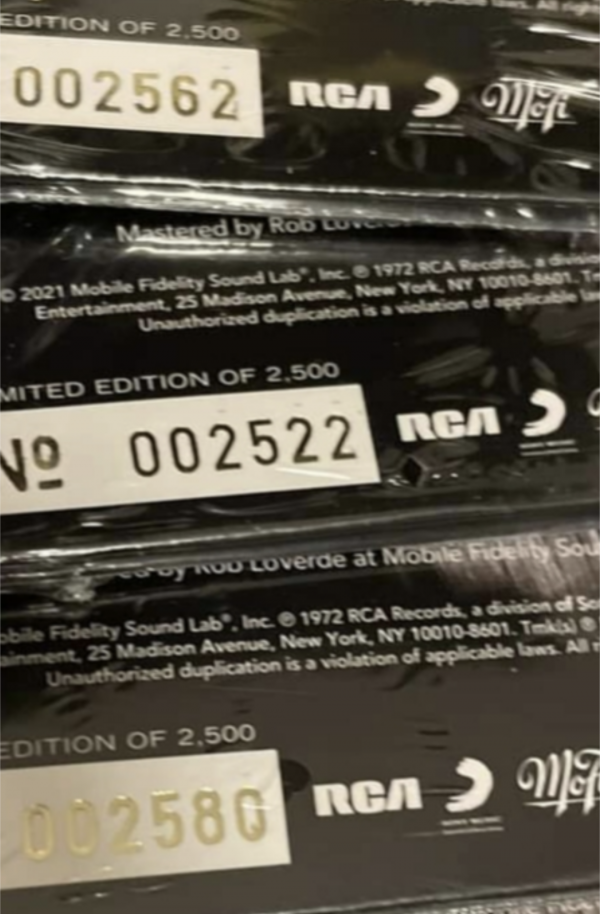My perspective is that the cost to do a proper full analog transfer is a bit obtuse - meaning : if a label has tape masters ( and ) they send them to a vinyl mastering house with a tape machine [ setting aside preview / variable pitch for a moment ] and [if] they *can* cut the master in analog ( no major dsp required ) then why would they not? Oh maybe because they think it will help? Or who knows? But this idea that it relates to money as in cost to produce is ( although not entirely invalid ) a bit premature.
Hi Erik,
It relates to the volume of records (total sales) they want to put out. 40,000 for example will be much cheaper (and indeed viable with 1 step) this way.










